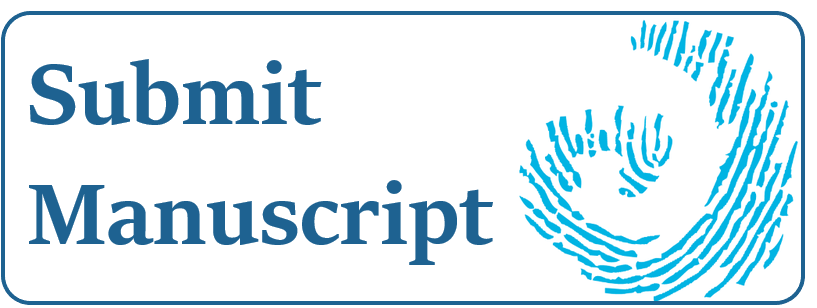The forensic imagination: interdisciplinary approaches to tracing creativity in writers’ born-digital archives
Abstract
In 2013, Matthew Kirschenbaum advocated for increased collaboration between digital archivists and digital humanities specialists to make the most out of born-digital archives. Since then, researchers and archivists have experimented with innovative interfaces for access to writer’s archives that emerge from individual research cultures and practices. Simultaneously, archives such as the British Archive for Contemporary Writing (BACW) at the University of East Anglia (UEA) are beginning to collect the work of authors who work in inventive digital ways. This article will therefore explore the following question: how might archivists, authors and researchers profitably collaborate to explore the nature of creativity in the born-digital archive, so that both digital preservation and digital scholarship take place? In doing so, the authors look to the complementary fields of genetic criticism and digital humanities to inform the development of archival tools as ‘hermeneutical instruments’. They will explore how such instruments might allow us to read horizontally across archival strata, building on an ‘esthetic of the possible’ to develop a ‘jouer avec les fonds’, supported through collaboration between researchers, archivists and writers. Finally, the authors consider how this approach challenges archival practices, and propose forms of collaboration that might address both archival practice and emerging forms of scholarship.
From 2022 (Volume 50) authors contributing to Archives & Manuscripts agree to publish their work under the terms of the Creative Commons Attribution-NonCommercial-NoDerivatives License), which permits non-commercial re-use, distribution, and reproduction in any medium, provided the original work is properly cited, and is not altered, transformed, or built upon in any way. Authors retain copyright of their work, with first publication rights granted to A&M.




